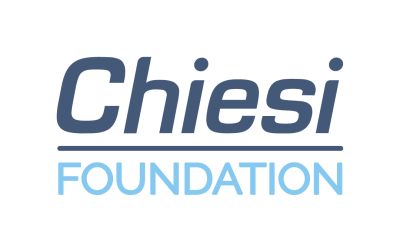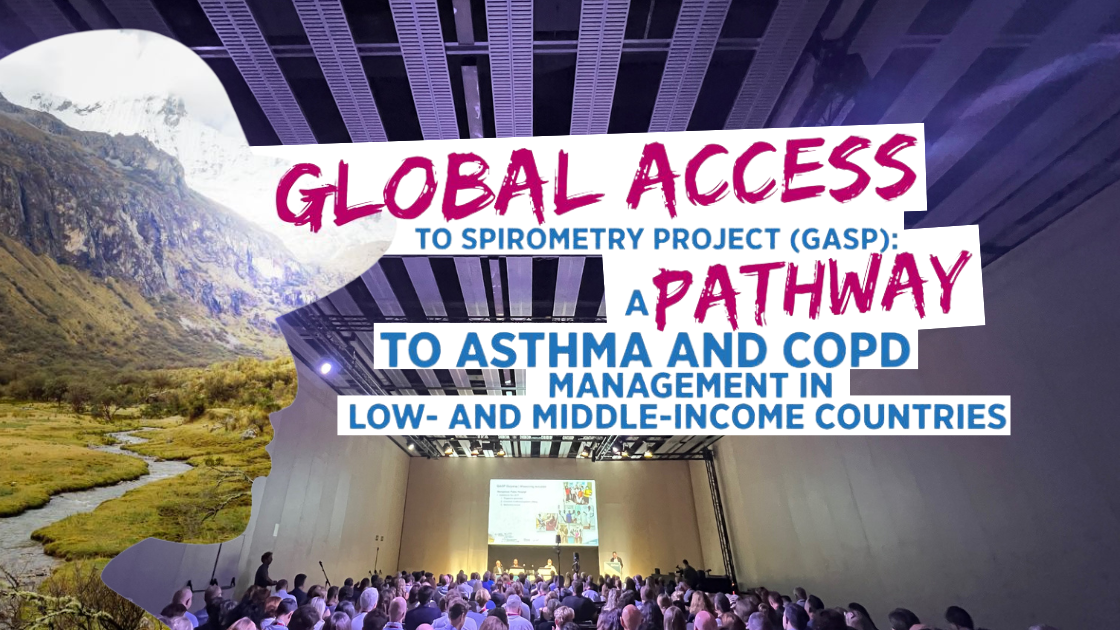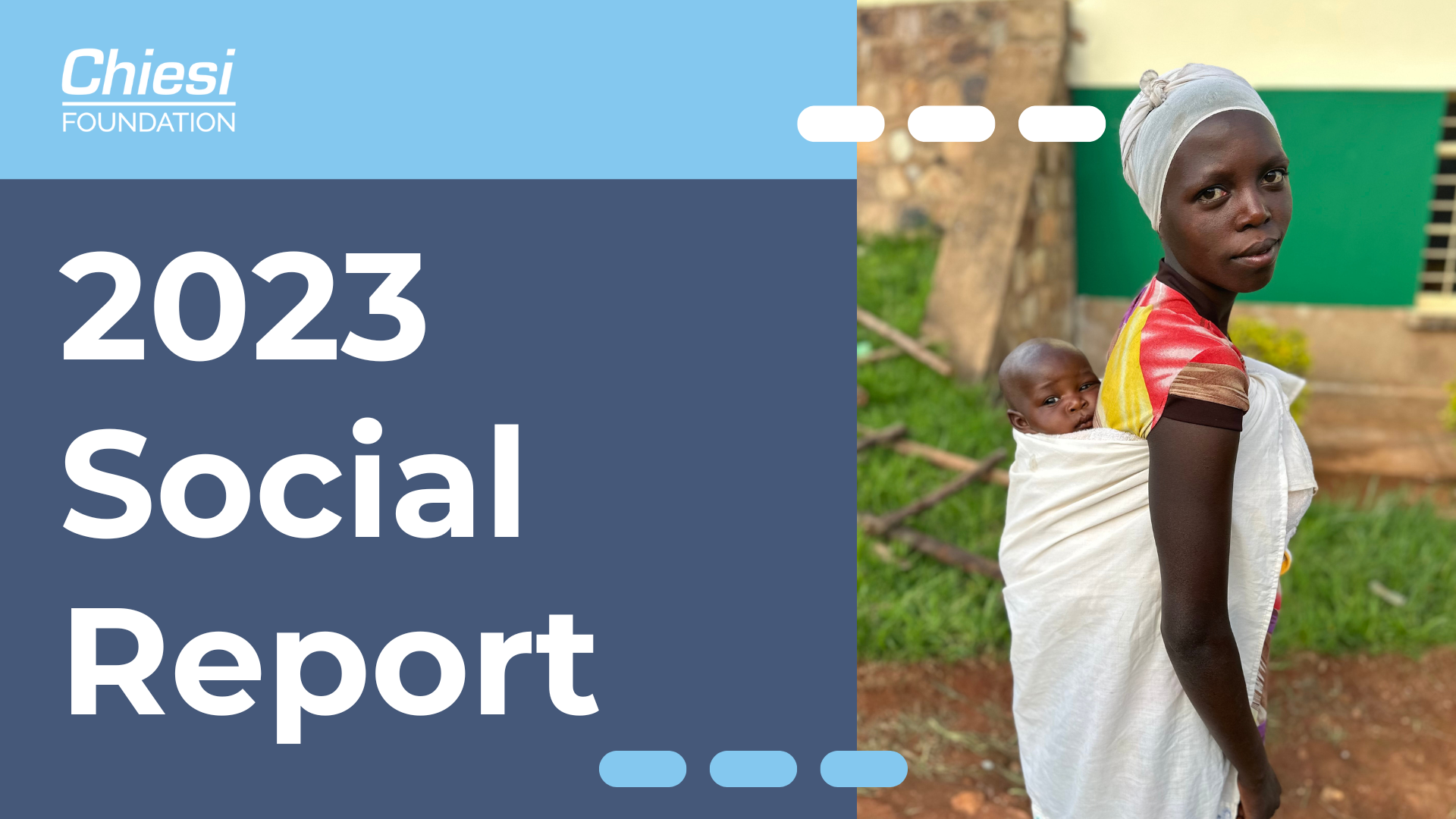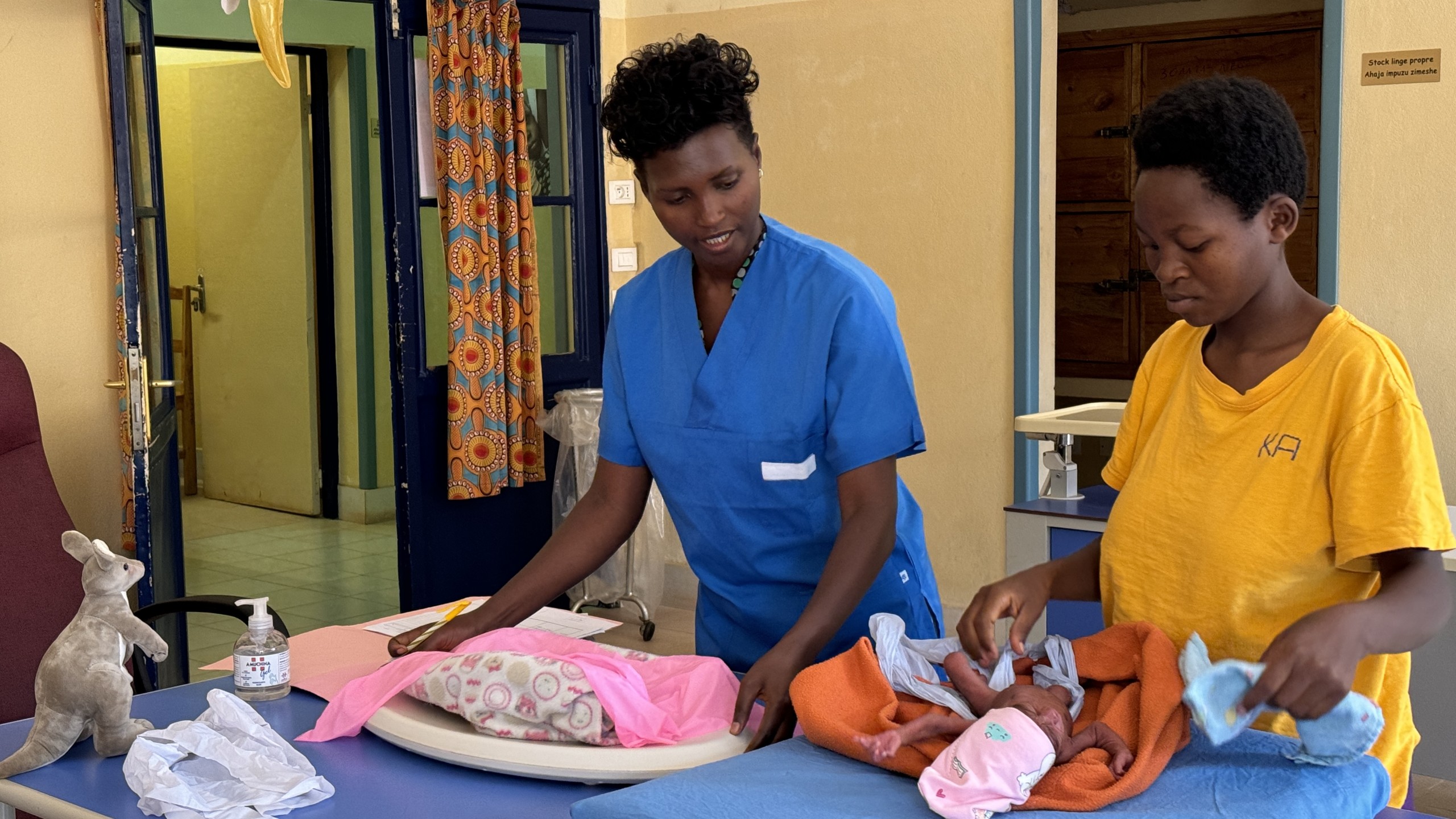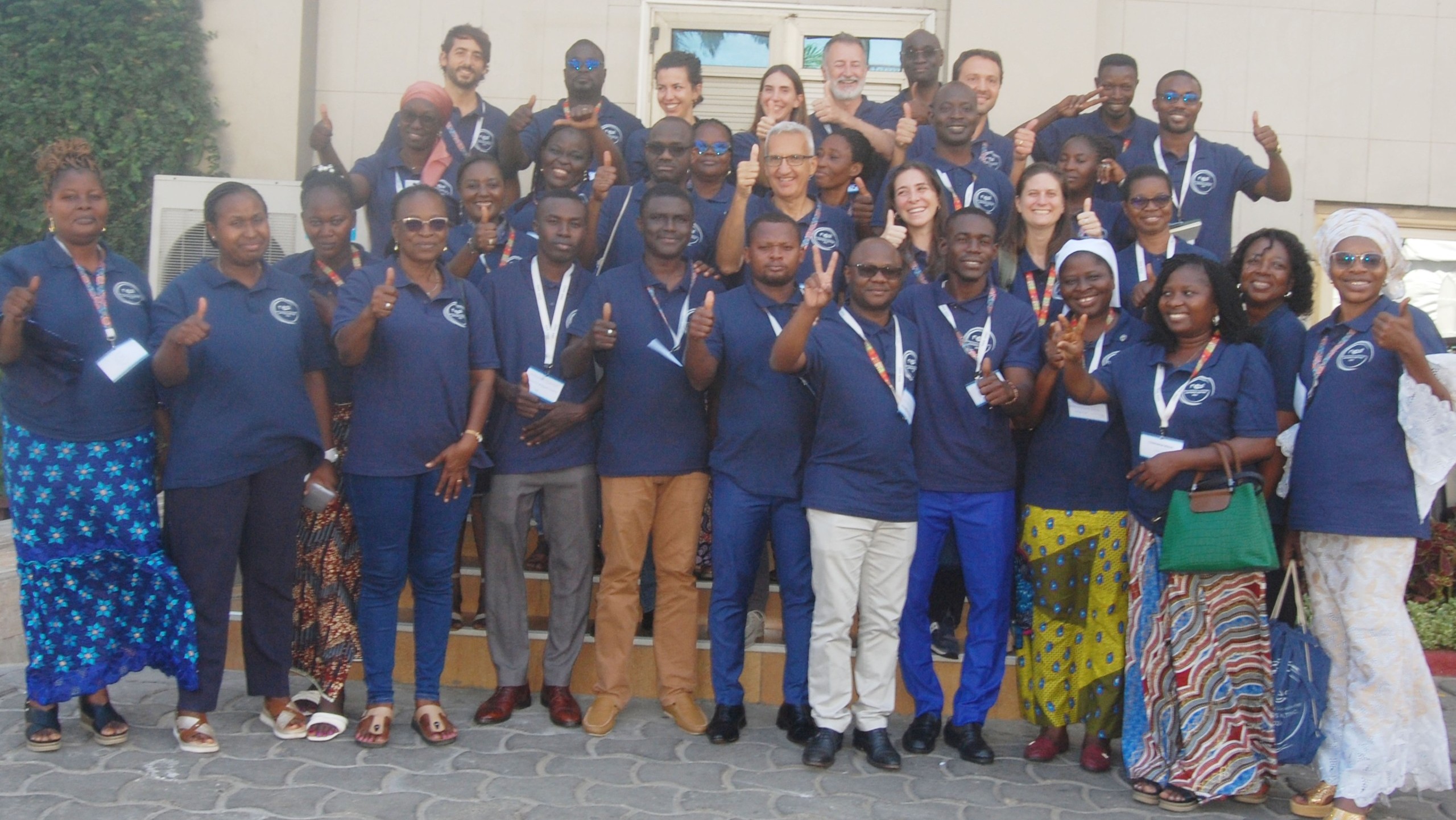by Lorenzo Picicco
Share
Prof. Ousmane Ndiaye, renowned pediatrician specialized in neonatology, Vice President of the Association Pediatrique de Langue Française, and Technical Advisor of the Chiesi Foundation, provides an in-depth analysis of the current state of neonatal health in Africa. He discusses the transformative impact of the challenges and the results encountered in its implementation. Prof. Ndiaye’s insights shed light on the efforts to enhance neonatal care in sub-Saharan countries and the strategies needed to achieve the goals set by the UN 2030 Agenda.
Can you tell us about your role as a Technical Advisor for the NEST Model?
In my role as a Technical Advisor for the NEST Model, I support the Chiesi Foundation in implementing its programs in African countries such as Benin, Burkina Faso, Burundi, Ivory Coast, and Togo.
What is the current scenario of neonatal health in sub-Saharan Africa in relation to the UN Sustainable Development Goals (SDGs)?
In these countries, the Chiesi Foundation has made significant efforts to improve the quality of care in health structures to achieve the UN SDGs. However, African countries face a significant challenge in reducing neonatal mortality: current figures for West and Central Africa estimate a rate of 30 deaths per 1,000 live births, far exceeding the 2030 target of under 12 per 1,000.
This necessitates substantial effort and the implementation of strategies to accelerate progress. Key levers include strengthening human resources and improving the quality of care, particularly by implementing essential skills training to reduce neonatal mortality.
Could you give us an overview of the NEST Model and its main objectives for improving neonatal care in sub-Saharan Africa?
The NEST Model addresses this challenge by focusing on the following key components, such as essential newborn care, management of complications like respiratory problems, asphyxia, and jaundice, and the organization of perinatal networks. It provides a framework for conducting health facility assessments across various areas: human resources, infrastructure, equipment and supplies, data management, and communication, including awareness campaigns and advocacy. Based on this assessment, local partners develop action plans to address identified gaps and achieve mortality reduction targets.
How does the NEST Model contribute to improving neonatal survival in the regions where it is implemented?
As mentioned, the NEST Model evaluates shortcomings in all relevant areas, recognizing that these inadequacies are major contributors to newborn deaths. Addressing these gaps quickly is crucial for improving the quality of care and reducing mortality. The critical issue now is implementing the strategies developed from these NEST model-based evaluations.
What are the main challenges partners face in implementing the NEST Model?
Our partners face numerous challenges. Local evaluations of health facilities reveal significant obstacles, primarily concerning infrastructure; in many locations, facilities are simply inadequate for newborn care, contributing to poor quality of care. Staffing is another critical issue: human resources require capacity building, specifically through training, an area where the Chiesi Foundation is actively involved.
Material resources are also lacking. Essential equipment, such as CPAP machines for premature infants with respiratory distress, is often insufficient. Addressing these material gaps is crucial for reducing mortality.
Finally, care organization, both within facilities and across geographical areas, needs improvement. Resource limitations often necessitate pooling resources within a region. This highlights the importance of perinatal networks, which enable the strategic deployment of available human resources to fill gaps.
What collaborations or partnerships are essential to the success of the NEST Model?
The NEST Model needs wider promotion and clearer understanding. When any model is developed, stakeholders naturally ask about its value and impact. Therefore, it’s crucial that all partners involved in neonatal health align with the NEST Model’s objectives and purpose. This requires close collaboration not only with the Chiesi Foundation’s on-site partners but also with other organizations working in neonatal health, such as UNICEF and Save the Children. These organizations need to understand the NEST Model’s philosophy and assess its potential to improve outcomes for their target populations. Broad partner engagement is essential for progress, as collaborative efforts are key to solving these complex problems.
How does the Chiesi Foundation contribute to improving neonatal care and reducing neonatal mortality in Africa?
The Chiesi Foundation makes significant and valuable contributions in Africa, particularly in French-speaking African countries. Beyond financial support, the Foundation provides technical assistance to various stakeholders, empowering them to implement best practices for improving neonatal health.
A key strength of the Foundation’s approach is its focus on inclusion and responsiveness to local needs. It prioritizes the specific demands of each site, while also considering the urgent need to reduce neonatal mortality, to develop effective interventions.
Furthermore, the Chiesi Foundation fosters collaboration by encouraging local partners to seek other partners and work together to optimize resources and maximize impact. This collaborative approach is exemplified by the action plans developed for each targeted health facility. While these plans may receive funding from the Chiesi Foundation, they remain open to contributions from other partners—an approach the Foundation actively promotes. This collaborative funding model is a significant strength of the Foundation’s work.
How do you perceive the trends in neonatal mortality in Africa, and what strategies can be implemented to address future challenges?
While we’ve discussed the overall trends, it’s important to highlight the concerningly high neonatal mortality rates in French-speaking Africa. With an average of 30 deaths per 1,000 live births, the region remains far from the 2030 target of fewer than 12 per 1,000. However, this aggregate data masks significant variations between countries.
Currently, only Cape Verde and Trinidad and Tobago have achieved the Sustainable Development Goals (SDGs) for neonatal mortality. Other countries face alarmingly high rates, and the current rate of decline is far too slow to reach the SDG target. The average reduction is around 2% annually, while some countries would need reductions of 5% or even 10% to meet the goal.
The path forward is clear: proven, validated strategies must be implemented. Unfortunately, numerous challenges in some countries hinder this implementation. A pragmatic approach is necessary, focusing on current realities, available resources, and achievable actions to accelerate progress, even if fully achieving the SDGs proves difficult. It is essential to remain optimistic
As an African, I want to express my sincere gratitude to the Chiesi Foundation. Their dynamic and inclusive approach is particularly noteworthy. The Foundation empowers beneficiaries to define their needs and shape interventions based on shared objectives. This collaborative model is highly effective.
